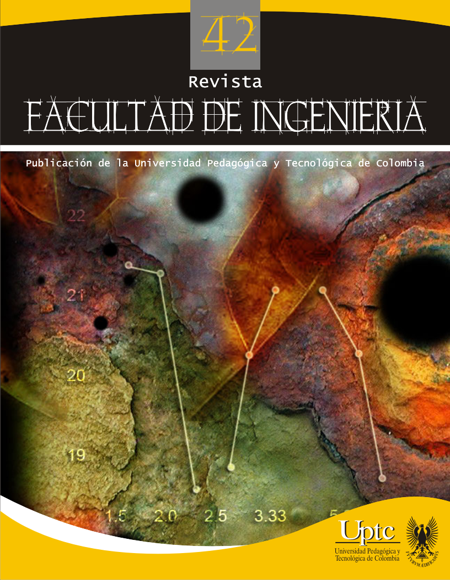Small deep hole drilling electro discharge machining process optimization using Taguchi method

Abstract
Small deep hole drilling in high hardness metals is an operation beyond the reach of the conventional drilling machine process, and one of the most suitable processes for this operation is the Electro Discharge Machining, EDM. Due to the numerous variables involved in electro discharge machining and the restrictions imposed by the small size, it is necessary to determine the precise adjustment level for each of the variables in order to reach an efficient and good quality machining process.
This paper shows how using a Taguchi L27 orthogonal arrangement, the cleaning effect of the electrical variables, and the electrode diameter on the machining characteristics of small diameter holes in a DIN 1.3344 work piece, made it possible to be analyzed. The experimental analysis results and their data turned into noise signals, allowed to optimize the material removal rate, the feed rate drilling speed, the electrode wear and the surface roughness.
Keywords
Electro Discharge Machining (EDM), high speed steel, small and deep hole drilling, Taguchi method
References
- P. C. Pande and H. S. Shan, Modern Machining Processes. New Delhi: Tata McGraw Hill Publications Ltd, 2008.
- N. Mohd, D. G. Solomon and Md. Fuad Bahari, “A review on current research trends in electrical discharge machining (EDM)”, International Journal of Machine Tools and Manufacture, vol. 47 (7-8), pp. 1214-1228, Jun. 2007. DOI: http://dx.doi.org/10.1016/j.ijmachtools.2006.08.026. DOI: https://doi.org/10.1016/j.ijmachtools.2006.08.026
- M. Cao, Y. Hao, Y. Cao and S. Yang, “Mechanism and Experimental Research on Small-Hole EDM with Cu-Cr Composite Electrode”, Sensors & Transducers, vol. 174 (7), pp. 268-272, Jul. 2014.
- P. J. Ross, “Projeto por Parâmetros por Tolêrancias”, Aplicações das tecnicas Taguchi na Engenharia da Qualidade. São Paulo, Brasil: Mc-Graw Hill, 1991.
- M. Simon and L. Grama, "Studies for obtaining a Small Hole, Rapid EDM Drilling Machine", Scientific Bulletin of the Petru Maior University of Targu Mures, vol. 8 (2), pp. 189-191, Dec. 2011.
- M. M. Rahman, M. A. R. Khan, K. Kadirgama, M. M. Noor and R. A. Bakar, “Experimental Investigation into Electrical Discharge Machining of Stainless Steel 304”, Journal of Applied Sciences, vol. 11 (3), pp. 549-554, 2011. DOI: http://dx.doi.org/10.3923/jas.2011.549.554. DOI: https://doi.org/10.3923/jas.2011.549.554
- S. Hayakawa, Y. Sasaki, F. Itoigawa and T. Nakamura, “Relationship between occurrence of material removal and bubble expansion in electrical discharge machining”, Procedia CIRP 6, pp. 174-179, 2013. DOI: http://dx.doi.org/10.1016/j.procir.2013.03.095. DOI: https://doi.org/10.1016/j.procir.2013.03.095
- H. Takezawa, Y. Ito and N. Mohri, “The Behavior of Thin Electrode Wear in Electrical Discharge Machining”, 13th International Symposium for Electromachining ISEM XIII, pp. 727-735, Bilbao, España, 2001.
- M. Ndaliman, A. Khan and M. Ali, “Influence of dielectric fluids on surface properties of electrical discharge machined titanium alloy”, Proceedings of the Institution of Mechanical Engineers Part B Journal of Engineering Manufacture, vol. 227 (9), pp. 1310-1316, Sep. 2013. DOI: http://dx.doi.org/10.1177/0954405413488592. DOI: https://doi.org/10.1177/0954405413488592
- C. Purcar and C. Simion, “Studies about the roughness of the surfaces machined by EDM”, Nonconventional Technologies Review, pp. 78-81, Jun. 2012.
- S. S. Habib, “Study of the parameters in electrical discharge machining through response surface methodology approach”, Applied Mathematical Modelling, vol. 33 (12), pp. 4397-4407, Dec. 2009. DOI: http://dx.doi.org/10.1016/j.apm.2009.03.021. DOI: https://doi.org/10.1016/j.apm.2009.03.021